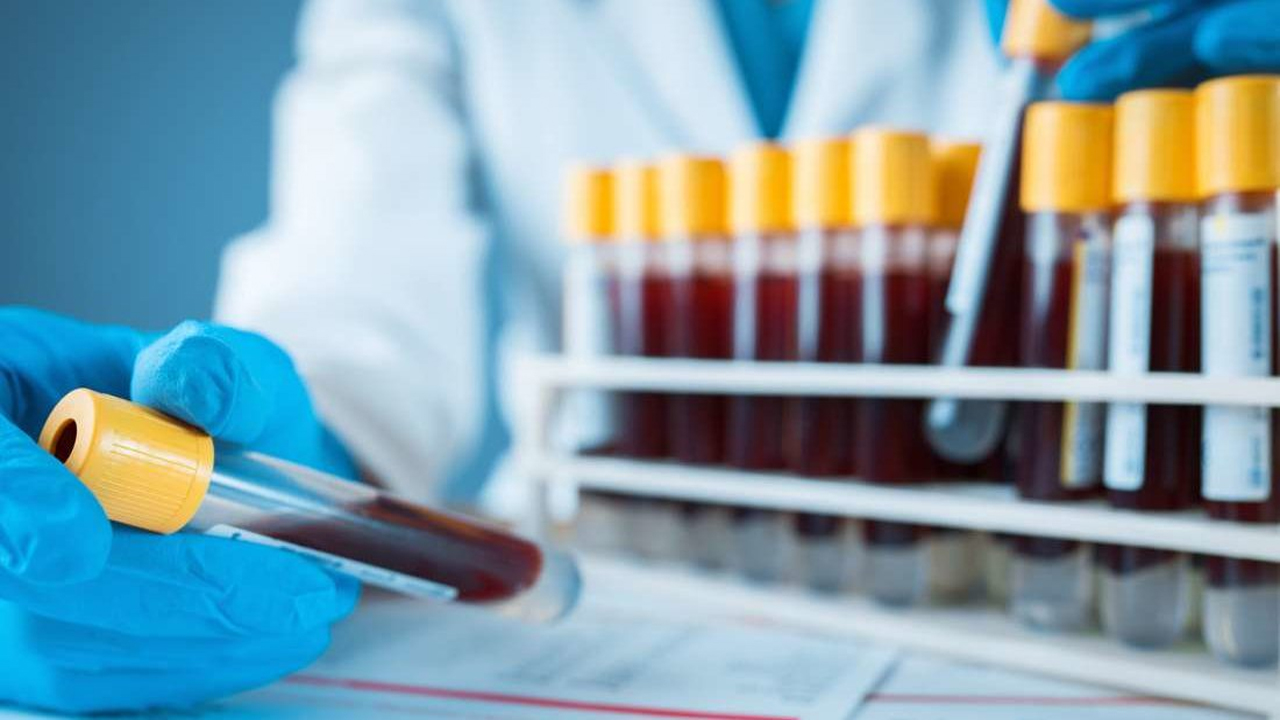A large, landmark study published in the American Cancer Society's prestigious journal 'Cancer Cytopathology' shows that a simple non-invasive blood test (liquid biopsy) can accurately differentiate between non-cancerous tumours versus cancerous growths.
These findings were based on a multi-institutional, international collaborative study sponsored by Datar Cancer Genetics where the investigators evaluated blood samples from more than 30,000 participants, which included ~9,000 known cases and ~6,000 suspected cases of cancers, 700 individuals with non-cancerous tumors and 14,000 healthy individuals. The study encompassed 27 types of solid organ cancers including brain tumors.
The investigators evaluated the presence of circulating, tiny clusters of tumours, highly prevalent in the blood of cancer patients and undetectable in individuals without cancer. The investigators could also establish precise organ affected by the tumour with more than 90% accuracy.
Significantly, the test will greatly help individuals reporting with suspicious growths in various organs such as breast, lung, prostate, colon, brain. It is noteworthy that a large proportion of individuals who undergo biopsy on suspicion of malignancy are detected with benign tumours who could be spared risky invasive and resource intensive biopsies. Also, the blood test can help in the diagnosis of cases where invasive biopsies are unviable due to various reasons such as location of the tumour close to a vital organ or blood vessel or reluctance of patients besides co-morbidities.
The technology and the test are developed by Datar Cancer Genetics. The test is expected to be commercially available shortly. These findings are bound to have a profound impact on cancer diagnosis.
Commenting upon the results, Dr Nicholas Plowman, MD, Medical Oncologist at Department of Clinical Oncology, St Bartholomew's Hospital, London, United Kingdom, and one of the authors of the paper said that 'This study is the largest of its kind and shows the meaningful potential of liquid biopsies, which so far have been grossly under-rated, at least partly as the previous capture methods were inferior. Harvesting tumour clusters from peripheral blood is akin to a non-invasive micro-biopsy of the tumour. Evaluation of these clusters can facilitate diagnostic triaging as well as guidance in suspected cancer cases. The test is not only patient friendly, but it can also significantly reduce the burden on the already overburdened cancer diagnosis infrastructure.'

 The investigators could also establish precise organ affected by the tumour with more than 90% accuracy
The investigators could also establish precise organ affected by the tumour with more than 90% accuracy







.jpeg)





.jpeg)






.jpeg)









.jpg)


.jpg)
